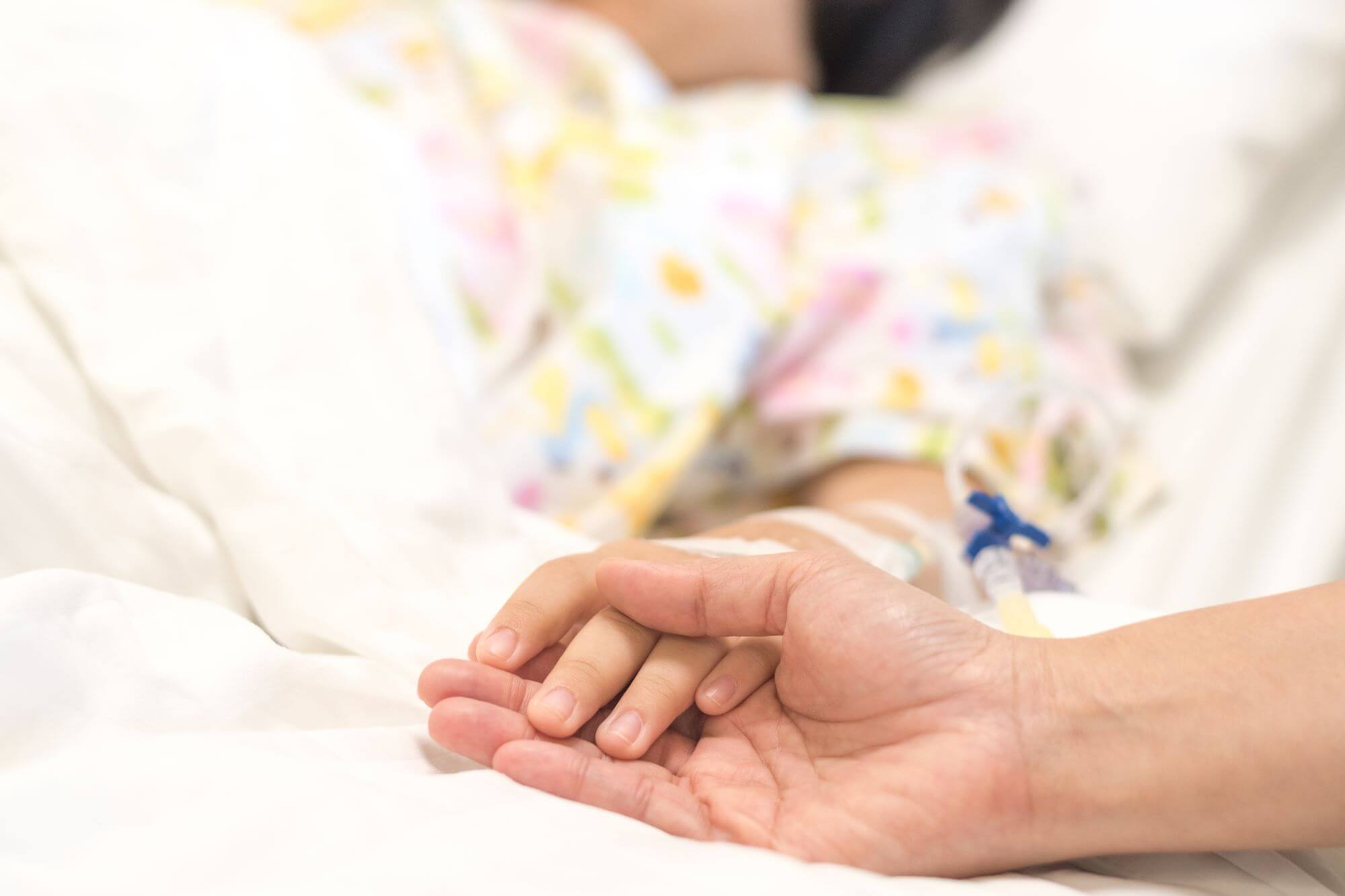Kawasaki Disease (KD) is a well-described pediatric, immune-mediated, systemic illness presenting with fever, skin rash, oropharyngeal changes, conjunctival injection, and lymphadenopathy.
It occurs in a small subset of children following a number of common viral illnesses, including human coronavirus infection. These children are at risk of cardiac complications that may include the development of coronary artery aneurysms.
With rheumatic heart disease now less frequent, KD is the most common acquired heart disease in children. There is a likely genetic predisposition, with the highest incidence occurring in males in Asian populations.
Recently, a novel Kawasaki-like disease has been described as an emerging consequence of the COVID-19 infection.
COVID-19 and Kawasaki Disease or Kawasaki-like Disease – What’s the evidence?
Italy was the first European country to be affected by COVID-19. The province of Bergamo experienced the highest rates of infection and death and reported a 30-fold increase in incidence rates of KD over a one-month period at the peak of the pandemic.
Clusters of similar cases have now been reported elsewhere in Europe. The New York City Health Department issued a health alert on May 4, 2020, describing 15 cases of a multisystem inflammatory syndrome with features of KD.
U.K. pediatricians identified a small group of children presenting with shock, a multisystem inflammatory syndrome, and coronary aneurysms, as well as a second category of less severely ill children with a more traditional KD clinical presentation, suggesting a spectrum of phenotypes.
There is no diagnostic test for traditional KD or the novel Kawasaki-like disease. The latter has some clinical and biochemical features that differ from the historical cohort of patients with KD despite the similarities. The diagnosis is based on clinical and laboratory criteria, with the pathophysiology most likely being antibody or immune complex-mediated.
The Italian experience, which showed little evidence of active viral replication on RT-PCR but high rates of seropositivity, supports an antibody-mediated phenomenon. Epidemiological data would suggest that COVID-19 is indeed a causative agent, but the exact mechanism requires prospective study.
Clinical Management
International discussions are underway to facilitate standardized approaches to the investigation and management of these cases in children, including treatment strategies to prevent long-term adverse outcomes such as coronary aneurysms.
Cases to date have generally been managed in accordance with accepted traditional KD treatment guidelines, including the administration of immunoglobulins and anti-inflammatories. While the majority have responded well, 10-20% of children have had a more severe course of disease than traditionally experienced, with resistance to immunoglobulins and the need for adjunctive steroids.
Summary
The association between COVID-19 and Kawasaki Disease or Kawasaki-like disease requires further investigation to better clarify the mechanisms behind this relationship.
The spectrum of symptoms at presentation and some of the differences in outcome raise the question as to whether these clusters are truly Kawasaki Disease with COVID-19 as the triggering agent, or this condition represents an emerging Kawasaki-like disease characterized by multisystem inflammation.


